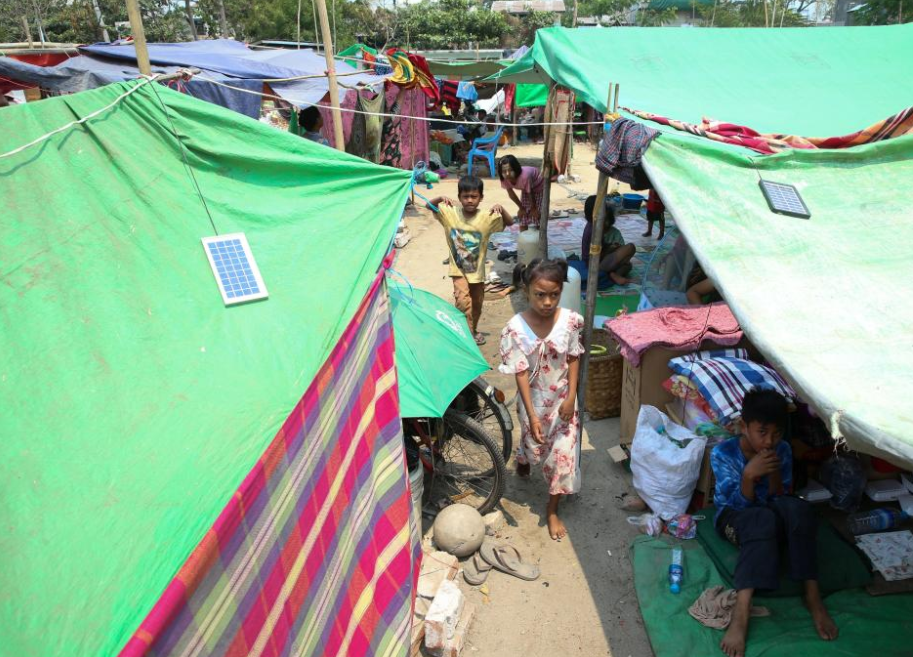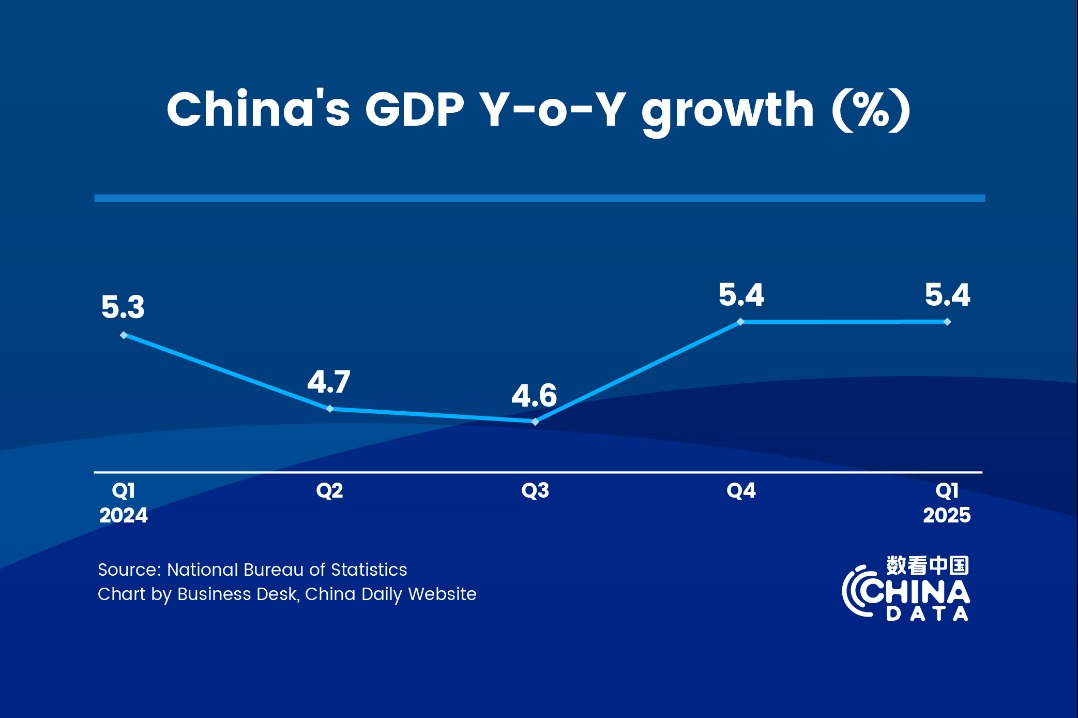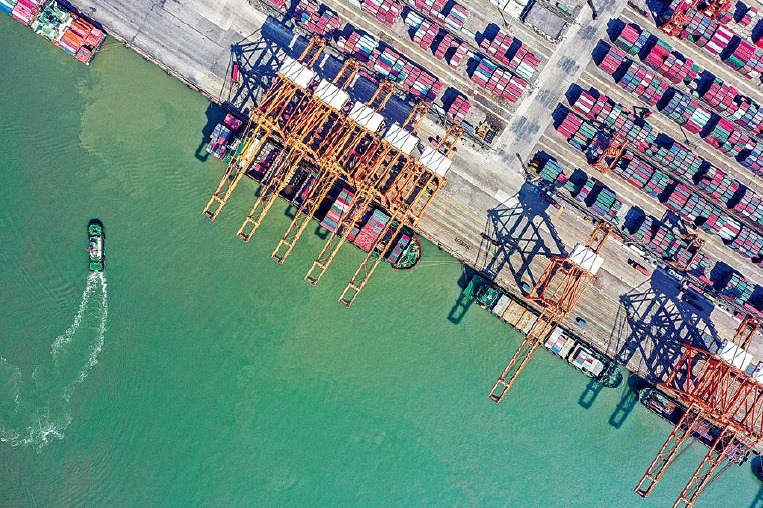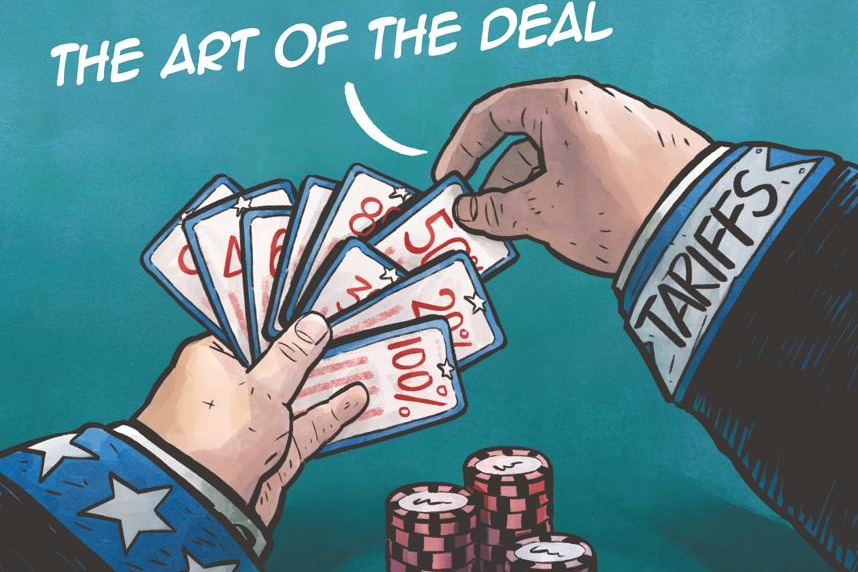Myanmar earthquake rescue: China's swift response and America's lackluster performance


On March 28, Myanmar was struck by a magnitude 7.9 earthquake, causing significant damage and loss of life. The disaster prompted countries and international organizations to provide aid, including supplies and rescue teams to support local relief efforts.
"Benevolence and good neighborliness are the treasures of a nation." As a friendly neighbor connected by shared mountains and rivers, China closely monitored the situation in Myanmar and immediately provided assistance tailored to the country's needs.
The Chinese government promptly allocated 100 million yuan in emergency humanitarian aid. U Tin Maung Swe, Myanmar's ambassador to China, expressed that China's rapid response and the leaders' heartfelt sympathy "made the people of Myanmar truly feel the profound 'Paukphaw' (fraternal) friendship between our two nations, which we will forever cherish."
Rescue operations are a race against time, with the "golden 72 hours" critical for saving lives. Just 18 hours after the quake, at 7 am on March 29, a rescue team from Yunnan province arrived in Myanmar — this was the first international team to reach the country. Equipped with life-detection equipment and other advanced tools, the 37-member team rushed to the hard-hit city of Naypyidaw and successfully rescued the first survivor in the early hours of March 30.
By the evening of March 30, just 60 hours after the earthquake, the Chinese government had deployed four official rescue teams consisting of 288 personnel to Myanmar, including teams from the Hong Kong Special Administrative Region. Beyond government efforts, over 10 civilian rescue teams from Zhejiang, Shenzhen, Shanghai, Hunan, and other regions in China arrived, showcasing the strong bond between the two nations.
Over the next few days, Chinese rescue teams saved nine survivors. Relief supplies, including mosquito nets, tents, blankets, drinking water, instant food, and first aid kits, were delivered in multiple batches by April 11, addressing the immediate needs of affected communities. Donations from the Chinese Red Cross, enterprises, and the public further demonstrated the warm people-to-people bond between China and Myanmar. Myanmar's State Administration Council Chairman Min Aung Hlaing visited Chinese rescue teams' camp twice, expressing gratitude and emphasizing that their arrival embodied the deep "Paukphaw" friendship.
In contrast, the US response has been notably slow. Prior to the earthquake, the US Agency for International Development's (USAID) Bureau of Humanitarian Assistance had been downsized, and only 78 staff members were available for disaster relief. Two days after the quake, USAID terminated the contracts of 900 employees. Reports revealed that 14 of the 15 USAID officials in Myanmar tasked with overseeing relief funds had been placed on indefinite leave in February, and three temporary workers were abruptly fired while on duty, leaving the situation in disarray. Ten days after the disaster, the US Disaster Assistance Response Team (DART) remained conspicuously absent from the disaster zone. The BBC criticized the US for its "inability to deliver a meaningful response."
The US Embassy in Myanmar announced a meager $2 million in aid on March 30 — two days after the quake-claiming a "USAID emergency response team is deploying to Myanmar." This belated and insufficient aid disappointed those who expected more from America's vaunted humanitarian efforts. On April 3, the US, alongside Japan, India and Australia, issued a joint statement under the Quadrilateral Security Dialogue (Quad), "pledging" over $20 million in supplies. Yet the Quad, established in 2004 to address the Indian Ocean tsunami, has since devolved into a US-led bloc aimed at containing China, with international observers doubting its ability to focus on disaster relief. Adding insult to injury, amid Donald Trump's tariff war, Myanmar-already reeling from the earthquake — was hit with a 44 percent tariff hike, further exacerbating the country's plight.
Facing reporters on April 4, US Secretary of State Marco Rubio defended the slow response, stating "Our resources are not unlimited," while urging China to "take the lead." The New York University School of Law's Just Security called America's absence in Myanmar's early response a "moral and strategic failure," while The New York Times blamed Washington's dysfunction for the delay, noting the US, "once a foreign aid leader, has been sluggish to act."
As a long-time observer of US affairs, I might offer a reluctant defense: America's passivity likely stems from systemic indifference, not malice toward Myanmar. This mirrors its lackluster responses to Hurricane Helene in Florida and Georgia, and the January 2025 wildfires in Malibu and Los Angeles. When even its own citizens receive tepid support, is anyone surprised by its dismissive attitude toward foreign crises?
Reflecting on the Myanmar earthquake, we are reminded of humanity's fragility in the face of nature. No country, nation, or individual is immune to disasters; we are all intertwined in a shared destiny. China's selfless aid embodies respect for life, a tradition of unity, and a great power's commitment to aligning its future with humanity's. In contrast, the US has prioritized "America First", withdrawing from international bodies, shirking responsibilities, and pursuing "decoupling" and "small yards with high walls" in economic-actions that betray the role of a true global leader.
China's rapid, effective response and America's slow, inadequate effort highlight stark contrasts between the two nations and their visions for humanity's future. As all walks of life in Myanmar have noted, "China's efficient rescue demonstrates its national strength and its responsibility as a great power." The US, mired in chaos, can only disappoint other countries. Perhaps this will become the "new normal."
The author is a PhD student at Peking University's Institute of Area Studies.
The views don't necessarily reflect those of China Daily.
If you have a specific expertise, or would like to share your thought about our stories, then send us your writings at [email protected], and [email protected].
































